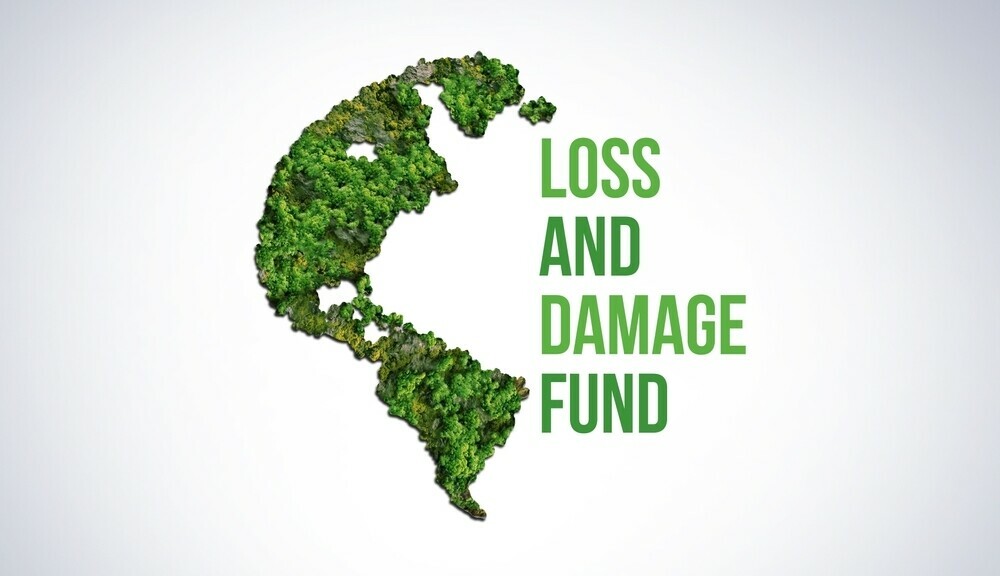Climate Change Takes a Bite out of India's Culinary Classics
A look at how complexities of extreme weather, humidity, and rising temperatures affect India's favorite food items. Discover how climate change impacts the food we eat.
By Ojas Khurana / Jan 8, 2024

Source: iStock Photos
Imagine a plate perfectly designed to give you all the nutrients and energy you need, the vitamins, the proteins and the carbohydrates all balanced perfectly on one single plate that is a joyride of flavours. This plate is a good representation of food in India or The Great Indian Meal. This Great Indian Meal changes its definition, flavours, and ingredients from one place to another in the Indian subcontinent but fundamentally remains a perfect balance of flavours and good health.
Now imagine all the harmful effects of climate change on that same plate? Hard to do, right? It might become easier to see if we went through how different aspects of food in India are being deeply affected by climate change.
Roti & Rice and everything nice
As far back as Indians can remember, they’ve been striving towards the best versions of ‘Roti, Kapda, Makaan’. Climate change has affected all three deeply, but in this article, we’re talking about food so let’s talk about the ‘Roti’: round Indian bread made from wheat is famous in all its versions around the world, but is now slowly losing its nutritional value. The 2022 heatwave, which was made 30 times more likely due to human-caused climate change, reduced wheat yields in Haryana, Uttar Pradesh, and Punjab by 10-35%. Moreover, research indicates that rice, along with wheat, is losing nutritional value. You move towards the south of this country and realize rice is just as much a cornerstone of every meal as Roti is in most places in the north. Together they form a crucial component of almost every kind of Indian meal. Acute water stress has been impacting paddy and wheat cultivation in the states of Punjab and Haryana, which generate around 50% of the national government’s rice supply and 85% of its wheat supply. From folklore to metaphors, each grain of rice and every round roti made of wheat has been a symbol of prosperity in India for a long time. Both of them are slipping off our plates as the climate becomes hotter and water becomes scarce.
The Great Indian Masala: The Secret Ingredient
The diversity of India finds yet another beautiful expression in its taste buds. With language, culture, clothing, climate, and more changing every 100 km in this country, so do the food preferences, cuisines, and dishes. In every area in this country, there would be a delectable local favourite that you must try, each a flavourful adventure. So it might come as a surprise to you if you found out that most Indian recipes have a common base made from a combination of vegetables and spices put together in local variations that make it everything that it is. Central to this base are two very common ingredients Tomatoes and Onions. Both are now becoming more and more expensive because of climate change. The price of tomatoes shot up — at least a fivefold increase between May and mid-July last year amidst shrinking production. Record-breaking heat waves and the absence of rains during April-June ruined tomato cultivation. Tomatoes require an optimum 25ºC and 30ºC for proper growth. High temperatures produced inferior-quality fruits. The cultivation of onions, the queen of vegetables in India, is impacted by fog, dew, unseasonal rainfall, temperature variation, hail storm, cloudiness, warming-led pest infestations leading to decreasing productivity of the crop and increasing prices.
Aloo Paranthas: Breakfast special
We know how climate change has impacted wheat production and therefore all the wheat breads made in India, including thick round ones called Paranthas. One version of it that is particularly popular is stuffed with potatoes, and now the classic Aloo Parantha faces a double whammy with climate change also impacting everyone’s favourite - potatoes. India is the world’s second-largest potato producer and many local delicacies use potatoes as a key ingredient. Highly sensitive to temperature and drought, a moderate level of water stress can also cause reductions in tuber yield. In many regions in India, temperature-led changes in potato yield are likely to be relatively small in the initial stage but are expected to be triggered in the coming era of global warming. A study finds that if carbon dioxide is elevated to 550 ppm, the temperature is likely to rise to 3 ºC which will lead to a decline in potato production by 13.72% in the year 2050.
Chai: the perfect companion
Before it was the 'chai-tea' latte in the West, it was the central subject of poetry and friendship. A perfect cup of chai marks the beginning of days and beautiful evenings and all times in between. Romance brews over a cup of tea or for a cup of tea in India. With a myriad of leaves and specialties, Chai just might be one of those things that blends all of India together. Horrifying then is to realize that spices like cardamom and saffron that form quintessential components of chai are also at risk because of climate change. Largely cultivated in the Western Ghats, particularly in Kerala, cardamom is highly sensitive to rainfall changes. A study on long-term climate trends in Kerala found that a 40% dip in annual rainfall in 2017–2018 decreased the spice yield by nearly 50%. Farmers in Sikkim and Darjeeling also noted a decrease in the area and productivity of traditional large cardamom farming systems due to increasing temperatures and unpredictable patterns of rainfall, warmer and stronger winds, and increasing pest attacks.
These are just a few examples but many are affected by dwindling supply and then consequently by increasing prices. This impact of climate change on agricultural production impacts the nutritional security of the local population and adversely affects the livelihoods of millions of Indians. The most tangible and visible impact is that the cost of a shopping basket of typical food items in India almost tripled last year, with food inflation reaching new highs.
Not all hope is lost though, because we love our food and there are multiple indigenous practices around agriculture in India that have developed over generations. By enhancing agricultural resilience and the adaptive capacity of farmers in response to harsh weather conditions, we can address climate risks in food production. Climate-smart farming practices can go a long way in ensuring sustainable food systems that are the need of not some distant future but of the present.
Agriculture Food Climate change Impacts Food Production Cultivation

